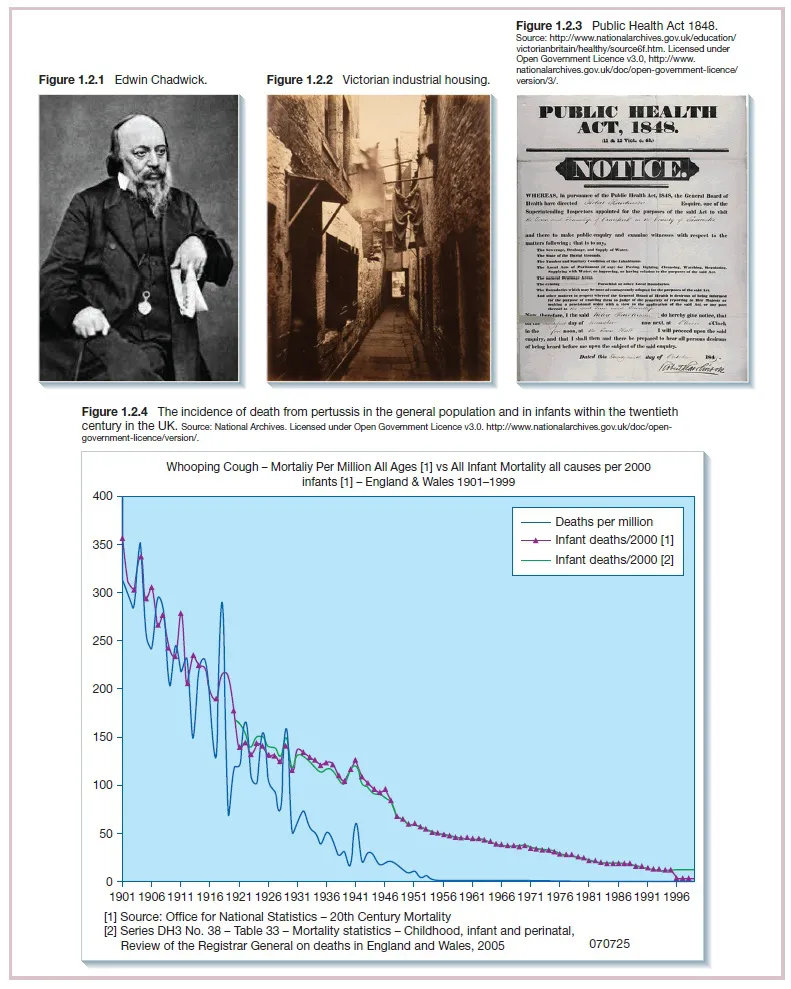
Public Health and Health Promotion for Nurses at a Glance
Karen Wild, Maureen McGrath
- English
- ePUB (adapté aux mobiles)
- Disponible sur iOS et Android
Public Health and Health Promotion for Nurses at a Glance
Karen Wild, Maureen McGrath
À propos de ce livre
Public Health and Health Promotion for Nurses at a Glance is the perfect companion for study and revision for nursing students and practitioners. Health promotion is a growing core component of nursing care, and this text combines superb illustrations with accessible information to make the key concepts of health promotion clear and easy to understand. It also provides guidance for how this can be applied in daily practice in all fields of nursing to promote the health of individual patients and communities.
Divided into six sections, the first looks at the relationship between the outcomes of public health and the outcomes of nursing, before going on to explore the definitions and different approaches of health promotion.This includes the causes and determinants of morbidity and mortality, and the skills and resources that can support nurses in promoting health with individual patients. It also examines strategies for working with communities to improve health, as well as the ethics of health promotion in nursing.
- The perfect revision and consolidation textbook
- Closely linked with the public health outcomes as represented by the NMC, the 6Cs of nursing, essential nursing skills clusters as well as the implications for nursing arising from recent inquiries.
- Highly visual colour presentation, with full colour illustrations throughout
Foire aux questions
Informations
Unit 1
What has public health to do with nursing?
Chapters
- 1 What is public health and why is it relevant to nursing?
- 2 Some historical points of public health
- 3 Determinants of health
- 4 Health improvement and the role of the nurse
- 5 What people think about public health
- 6 How public health is measured: epidemiology
- 7 Public health outcomes and the role of the nurse
- 8 The prevention of premature mortality: screening
- 9 Health surveillance
- 10 Inequalities in health
- 11 Investigations into inequalities in health: reports and reviews
- 12 The relationship between public health and competency standards for registered nurses
Thinking points for NMC Revalidation
1
What is public health and why is it relevant to nursing?

Public health: definition
the science and art of preventing disease, prolonging life, and promoting health through the organised efforts of society
Public health is about helping people to stay healthy, and protecting them from threats to their health. The government wants everyone to be able to make healthier choices, regardless of their circumstances, and to minimise the risk and impact of illness.www.gov.uk/government/topics/public-health
helping people live longer, healthier and more fulfilling lives; and improving the health of the poorest, fastest. …tackling the wider social determinants of health. This new approach will aim to build people’s self-esteem, confidence and resilience right from infancy.Department of Health, 2010, p. 4
Public health: relevance to nursing
2
Some historical points of public health
